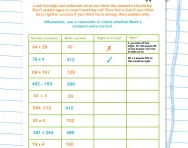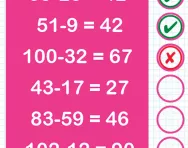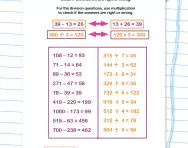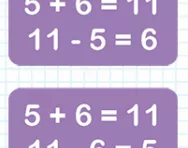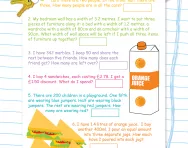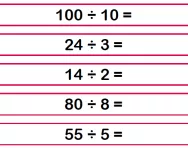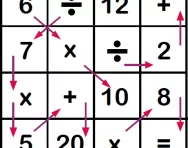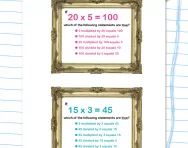Important update from TheSchoolRun
For the past 13 years, TheSchoolRun has been run by a small team of mums working from home, dedicated to providing quality educational resources to primary school parents. Unfortunately, rising supplier costs and falling revenue have made it impossible for us to continue operating, and we’ve had to make the difficult decision to close. The good news: We’ve arranged for another educational provider to take over many of our resources. These will be hosted on a new portal, where the content will be updated and expanded to support your child’s learning.
What this means for subscribers:
- Your subscription is still active, and for now, you can keep using the website as normal — just log in with your usual details to access all our articles and resources*.
- In a few months, all resources will move to the new portal. You’ll continue to have access there until your subscription ends. We’ll send you full details nearer the time.
- As a thank you for your support, we’ll also be sending you 16 primary school eBooks (worth £108.84) to download and keep.
A few changes to be aware of:
- The Learning Journey weekly email has ended, but your child’s plan will still be updated on your dashboard each Monday. Just log in to see the recommended worksheets.
- The 11+ weekly emails have now ended. We sent you all the remaining emails in the series at the end of March — please check your inbox (and spam folder) if you haven’t seen them. You can also follow the full programme here: 11+ Learning Journey.
If you have any questions, please contact us at [email protected]. Thank you for being part of our journey it’s been a privilege to support your family’s learning.
*If you need to reset your password, it will still work as usual. Please check your spam folder if the reset email doesn’t appear in your inbox.
What are inverse operations?

What are inverse operations?
Inverse operations are opposite operations. Subtraction is the inverse of addition and division is the inverse of multiplication.
When are children introduced to inverse operations?
When subtraction is first taught in Year 1, children would probably be encouraged first of all to use a group of objects and take a certain number away from this group. They would most likely also use a number line to count back on. These activities would give them a really firm grounding in the concept of subtraction. Teachers would then encourage them to try to work these questions out in their head. For example, with this question:
14 - 8 =
your child needs to start to think: 'What would I add to 8 to make 14?' This means they are using the inverse operation to work out a question mentally.
When division is first taught (usually in Year 2) a teacher may use counters to demonstrate what the concept means.
For example:
12 ÷ 3 =
The teacher might show 12 objects and then group them into 3 circles in order to make division clear. Once children have got the hang of this, they would be expected to work out the answers to division questions quickly by using the inverse operation – multiplication. In Year 2, they would need to learn their 2, 5 and 10 times tables and the corresponding division facts. So if someone asked them what 30 divided by 5 was, they would need to think: 'What do I multiply 5 by to make 30?' In doing this, they are using the inverse operation.
Children in Key Stage 1 also need to be aware of the fact that doubling is the inverse of halving. They should understand that where double 3 is 6, half of 6 is 3.
Using the inverse operation in Key Stage 2
In Key Stage 2, children would be expected to start using the inverse in order to check their answers.
For example, if they had worked out the following subtraction:
392 - 133 = 251
they would be encouraged to add the 133 and their answer of 251 together to work out if these numbers total 392 (which they don't!).
Equally, if they worked out a tricky division, such as:
672 ÷ 56 = 12
it would be a good idea for them to quickly multiply 56 by 12 to check if the answer was 672 (which it is!).
If they halved a number, such as 652, and got the answer 326, they could check this by doubling it.
Using the inverse operation to solve number puzzles
Sometimes children may be given a question similar to the following:
I think of a number. I add 17 to it. I divide it by 2. I end up with 20. What number was I first thinking of?
The best way to work this out would be by using the inverse. You would need to start with 20, then multiply 20 by 2 to get 40. Since the original number had 17 added to it to make 40, you would need to subtract 17 from 40 to arrive at the answer, which is 23.



